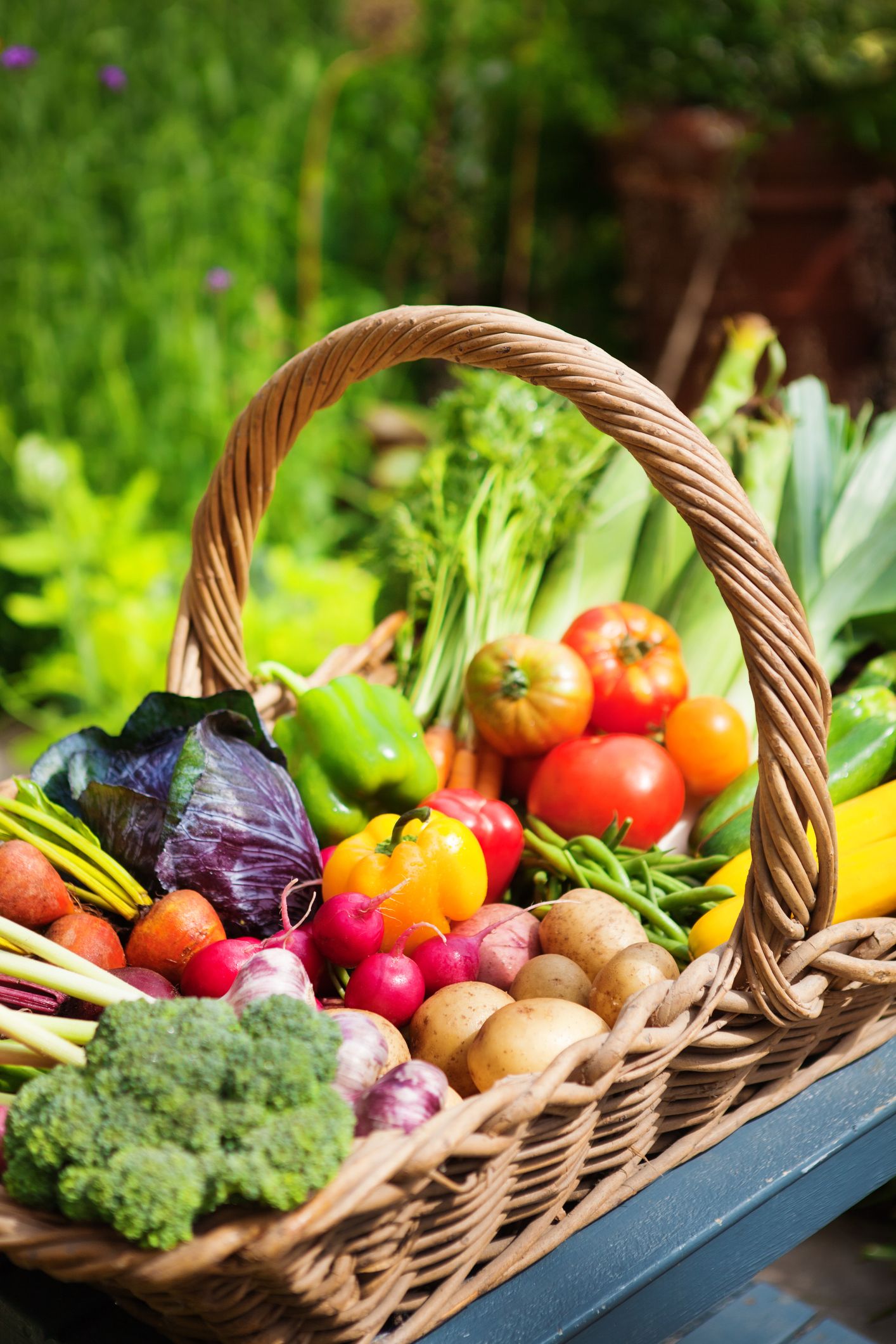Whether you’re planning a backyard vegetable patch, a small balcony garden, or a full homestead setup, one of the most common questions beginner and seasoned gardeners ask is: how much to plant per person?Getting the planting quantities right can make the difference between a garden that provides just enough fresh produce for your table and one that either under-produces or leaves you overwhelmed with extra harvest. With thoughtful planning, you’ll not only grow the right amount of food—you’ll also transform the look and feel of your space, turning your garden into both a productive and beautiful sanctuary.In this guide, we’ll walk through how much to plant per person, crop by crop, and share practical tips that lead to amazing results for both small and large households.Why It’s Important to Plan How Much to Plant🌱 Avoid Waste – Overplanting leads to food spoiling before it’s eaten.🥗 Ensure Enough Food – Underplanting means you’ll be running to the grocery store when you could be eating homegrown.💸 Save Money – A well-planned garden maximizes your return on investment.🌿 Transform Your Space – Balanced planting creates a lush, organized, and beautiful environment.General Rule of Thumb for PlantingA simple formula many gardeners use is:For fresh eating only → Plant small amounts of a wide variety.For preserving (freezing, canning, storing) → Plant larger amounts of staple crops.On average, 100–200 square feet of garden space per person can provide a generous supply of vegetables throughout the growing season.How Much to Plant Per Person: A Crop-by-Crop GuideHere’s a breakdown of popular crops and how much you’ll need per person:Leafy GreensLettuce: 10–12 plants per person (succession planting every 2–3 weeks).Spinach: 15–20 plants per person.Kale/Chard: 3–5 plants per person.👉 Tip: These can be harvested continuously, so fewer plants may go a long way.Root VegetablesCarrots: 30–40 plants per person.Beets: 20–30 plants per person.Radishes: 20–25 plants per person.👉 Root veggies store well, making them great for larger plantings.Fruiting VegetablesTomatoes: 3–5 plants per person (cherry or slicing types).Peppers: 3–5 plants per person.Cucumbers: 2–3 plants per person.Eggplant: 2–3 plants per person.👉 Tomatoes are incredibly versatile—consider planting extra if you like sauces or canning.LegumesGreen Beans (Bush): 15–20 plants per person.Green Beans (Pole): 5–7 plants per person.Peas: 15–20 plants per person.👉 Pole beans produce over a longer season compared to bush beans.Squash & MelonsZucchini/Summer Squash: 1–2 plants per person (these are prolific!).Winter Squash/Pumpkins: 1–2 plants per person.Melons: 1–2 plants per person.Staple CropsPotatoes: 10–15 plants per person.Onions: 20–30 plants per person.Garlic: 10–15 cloves per person.Corn: 12–15 plants per person (plant in blocks for pollination).Factors That Affect How Much to PlantDietary PreferencesA salad lover may want 20 lettuce plants; someone who rarely eats greens may only need a few.Space AvailabilitySmall spaces benefit from vertical gardening (trellises for beans, cucumbers, peas).Storage OptionsFreezing, drying, and canning allow you to plant more and extend the harvest.Climate & Growing SeasonShorter growing seasons may limit certain crops—consider succession planting or cold frames.Practical Tips for Successful Garden Planning1. Start SmallIt’s tempting to plant everything, but beginners do better with fewer crops in manageable numbers.2. Use Succession PlantingPlant small batches every few weeks to extend harvests—especially for fast-growing crops like lettuce, radishes, and spinach.3. Mix Aesthetics with ProductivityEdible gardens can be beautiful. Mix flowers like marigolds with vegetables to deter pests and brighten your garden look.4. Keep RecordsTrack how much you plant, harvest, and eat. This helps refine your planning for the following year.5. Think About PollinationCrops like corn and squash need more than one plant for proper pollination, so always plant in groups.How Planting Right Transforms Your SpaceKnowing how much to plant per person doesn’t just ensure full bellies—it changes your whole environment.🌿 Balanced Look: Well-spaced plants make your garden look lush, not overcrowded.🪴 Functional Beauty: Combining veggies, herbs, and flowers creates a space that’s both productive and visually appealing.✨ Sustainable Lifestyle: Growing your own food fosters pride, independence, and connection to nature.🏡 Inviting Atmosphere: A thriving, organized garden becomes a gathering spot for family and friends.Sample Garden Plan for a Family of FourHere’s a quick example for fresh eating:12 tomato plants12 pepper plants4 zucchini plants40 lettuce plants (succession planted)100 carrots40 onions80 beans (mix of bush and pole)8 potato plants per person = 32 totalThis garden would provide a steady flow of fresh produce throughout the season, with extras for storage.ConclusionMastering how much to plant per person is the key to a productive and beautiful garden. By considering your family size, preferences, and space, you’ll avoid waste, save money, and create a thriving green sanctuary that truly transforms your look and lifestyle.🍽️ The amazing results? A lush, balanced garden that feeds your household, enhances your home’s aesthetic, and gives you the satisfaction of living closer to nature.So whether you’re growing a few pots on a balcony or planning a backyard harvest, remember: thoughtful planting is the secret ingredient to both beauty and abundance

